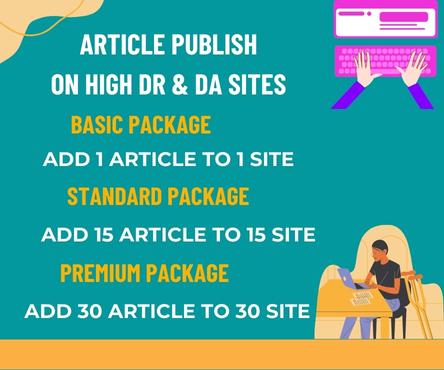As we navigate through the post-pandemic landscape, one undeniable shift has taken place: the rise of remote work. In 2021, the global workforce saw an unprecedented shift toward virtual workspaces, leading companies to reconsider how they utilize physical office spaces. As remote work becomes a norm, the demand for affordable office spaces designed for collaboration has never been greater. In this new environment, it is essential to understand the value that affordable office spaces provide for remote work and collaboration. Meet here cheap office 2021
The Shift to Remote Work
The year 2020 forced many businesses to adopt remote work as a temporary solution to the global health crisis. However, the efficiency and flexibility remote work offered employees quickly became apparent, leading to a significant and lasting shift in how companies approach the workplace. By 2021, many businesses had already adopted hybrid or fully remote models. This change has resulted in reduced costs associated with maintaining large office spaces and increased employee satisfaction, making remote work an appealing long-term solution.
However, despite the convenience of working from home, there are challenges. Employees face isolation, lack of access to in-person collaboration, and difficulty separating work from personal life. Companies also struggle to maintain team cohesion and ensure productivity outside of a centralized office. Thus, the importance of affordable office spaces for remote work and collaboration became more pronounced in 2021.
Affordable Office Spaces: A Solution for Collaboration
Affordable office spaces in 2021 offer a practical solution to the collaboration gap created by remote work. These spaces provide employees with a central location where they can come together for team meetings, brainstorming sessions, and collaborative projects. By renting flexible office spaces, companies can maintain the benefits of remote work while ensuring their employees have access to the resources needed for effective collaboration.
One of the significant advantages of affordable office spaces is flexibility. Unlike traditional office leases, which often require long-term commitments, flexible office spaces allow businesses to rent on a short-term or month-to-month basis. This is particularly beneficial for companies that need space for occasional in-person meetings or want to provide employees with a place to work when they prefer a change of scenery.
Moreover, affordable office spaces often come equipped with high-speed internet, modern office furniture, meeting rooms, and other amenities that support productivity and collaboration. These features enable remote workers to seamlessly transition from working at home to working in a shared office space, all without the overhead costs associated with a permanent office lease.
Promoting Employee Well-being and Engagement
The hybrid work model, where employees split their time between remote work and in-office collaboration, has proven to be highly effective in maintaining employee engagement. Affordable office spaces play a significant role in this model, offering a physical space for employees to interact, share ideas, and build relationships. The ability to connect in person, even occasionally, fosters a sense of community that can be difficult to replicate in fully remote environments.
Furthermore, having access to a professional workspace outside of the home allows employees to maintain a clear work-life balance. It provides them with a dedicated environment for productivity, reducing distractions and enhancing focus. For companies, this approach leads to higher levels of employee satisfaction, which in turn boosts retention and reduces turnover.
Conclusion
In 2021, the value of affordable office spaces for remote work and collaboration cannot be overstated. As businesses continue to embrace remote work, finding cost-effective ways to facilitate collaboration, engagement, and well-being is crucial. Affordable office spaces provide a solution that strikes the perfect balance between flexibility, cost-efficiency, and the ability to foster a collaborative work environment. They offer businesses the opportunity to adapt to the evolving work landscape, ensuring their employees remain connected and productive while enjoying the benefits of remote work.

